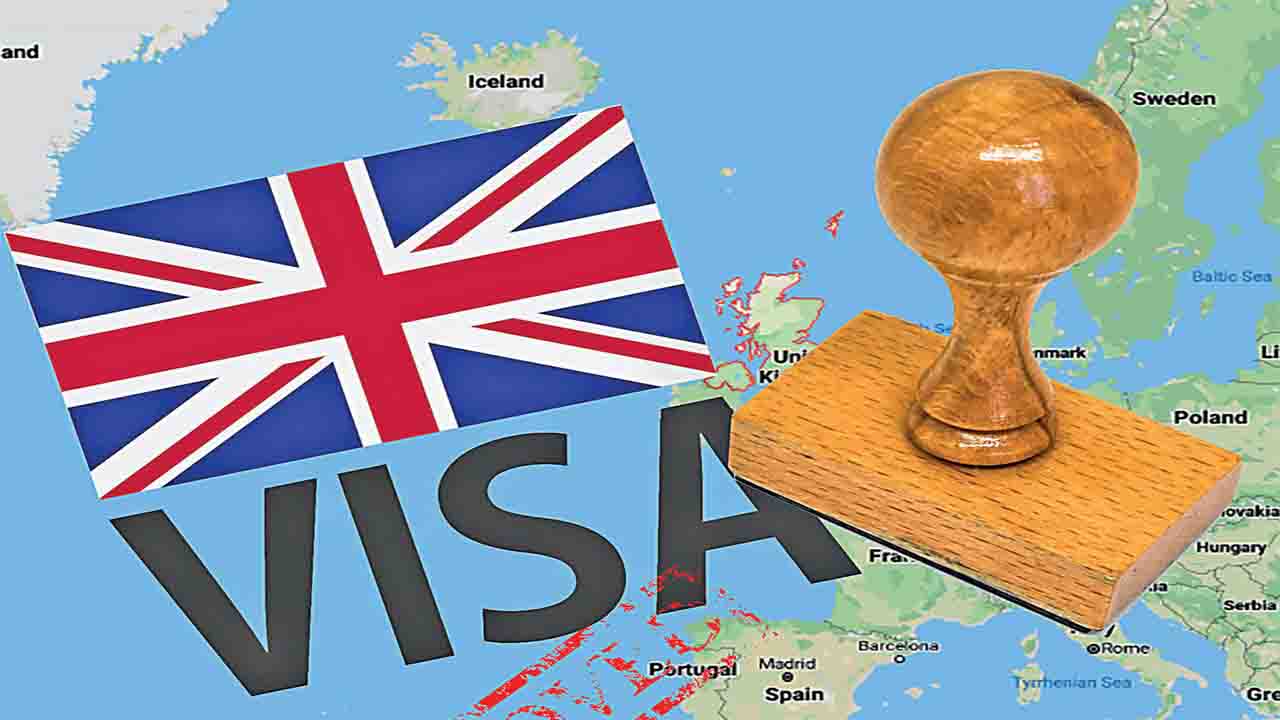Diaspora (Commonwealth Union) _ The past year has seen a significant continuation of Indian skilled workers, medical professionals, and students dominating the UK’s visa statistics, as per the latest immigration data released by the Office for National Statistics (ONS) and the UK Home Office. The statistics for the year ending September 2023 reveal that Indian nationals not only led in the Skilled Worker visa category but also claimed the top spot in the Health and Care Visa route.
While the Skilled Worker visas experienced a modest 9% rise in the past year, the Health and Care Visa grants more than doubled, marking a notable 135% increase, totalling 143,990. The Health and Care visa figures indicate a 76% rise in Indian applicants, contrasting with a slight decline of 11% in the Skilled Worker route, settling at 18,107 visas for the year ending September 2023.
In the student visa category, Indian nationals continued to represent the largest group on the post-study Graduate visa route, constituting 43% of grants. The sponsored study visa grants to Indian nationals saw a small increase of 5% compared to the year ending September 2022, reaching 133,237, nearly five times higher than the figures for the year ending September 2019.
However, a notable shift was observed in the hierarchy of dependants, with Nigerian nationals surpassing Indian nationals in the number of dependants arriving in the UK. While Indian nationals had the second-highest number of dependants, increasing from 2,127 to 43,445, Nigerian nationals topped the category with 60,506 dependants.
The top five nationalities contributing to immigration flows outside the European Union (EU) were Indian (253,000), Nigerian (141,000), Chinese (89,000), Pakistani (55,000), and Ukrainian (35,000). The data reflects a dynamic landscape influenced by global events and changing behaviours since the onset of the pandemic, with non-EU arrivals now driving immigration trends. The latest statistics indicate higher numbers compared to 12 months ago but show a slight decline from the updated figures for the year ending December 2022. While it is too early to predict a new trend, the patterns and behaviours in migration continue to evolve, particularly with increased stays for students and growing numbers of dependants arriving with work and study visas.








